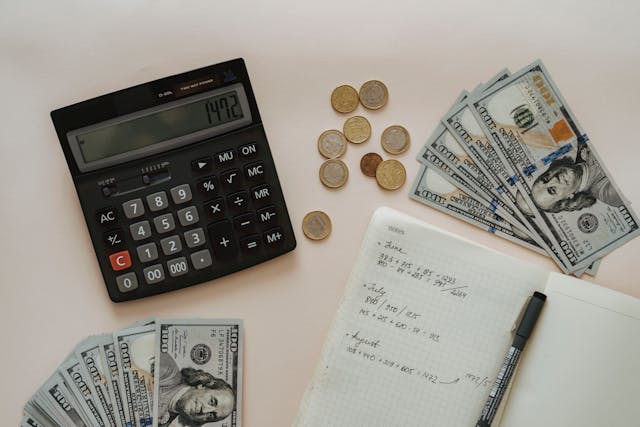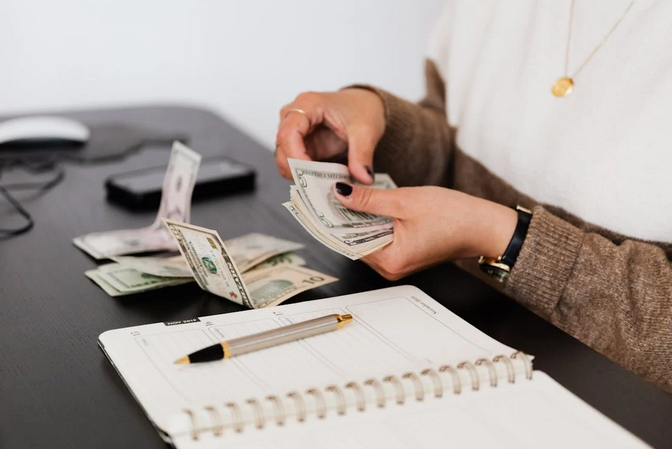Saving for the Unexpected: A Beginner’s Guide to Starting an Emergency Fund

Life is full of surprises – some good, and some not so much. But when the unexpected hits, having a financial safety net can make all the difference. That’s where an emergency fund comes in. In this beginner’s guide, we’ll walk you through everything you need to know to start saving for the unexpected and give yourself peace of mind. So buckle up and get ready to take control of your finances like never before.
Evaluate Your Income and Expenses
The first step in creating an emergency fund is understanding your current financial situation. Start by evaluating your monthly income and expenses. Track your spending for a month to get a clear picture of where your money is going. Categorize your expenses into fixed (rent, utilities, loan payments) and variable (groceries, entertainment, dining out) to identify areas where you can cut back.

Set a Realistic Savings Goal
Determine how much you need in your emergency fund. Financial experts typically recommend saving three to six months’ worth of living expenses. While this may seem like a large amount, remember that building your emergency fund is a gradual process. Set an initial goal that feels attainable, such as saving $500- or one-months’ worth of expenses, and then progressively increase your target.
Automate Your Savings
Automating your savings is an effective way to ensure consistent contributions to your emergency fund. Set up an automatic transfer from your checking account to a dedicated savings account on a regular basis, such as monthly or bi-weekly. Treat this transfer as a non-negotiable expense, similar to paying a bill. This way, you won’t be tempted to spend the money earmarked for your emergency fund.
Start Small and Increase Gradually
If you’re on a tight budget, start by saving small amounts. Even setting aside $10 or $20 each week can add up over time. As your financial situation improves, gradually increase the amount you save. Celebrate your progress along the way to stay motivated and committed to your savings goal. Sites like Made By Weave can help you track your progress and stay accountable.
Reduce Unnecessary Expenses
Review your spending habits and identify areas where you can cut back. This could involve canceling subscriptions you rarely use, dining out less frequently, or choosing generic brands over name brands. Redirect the money saved from these cutbacks into your emergency fund. Small lifestyle adjustments can lead to significant savings over time.
Boost Your Income
Increasing your income can accelerate the growth of your emergency fund. Consider taking on a part-time job, freelancing, or selling unused items online. Utilize your skills and hobbies to generate extra income. Direct these additional earnings exclusively towards your emergency fund to reach your savings goal faster.
Keep Your Fund Separate
To avoid the temptation to spend your emergency savings, keep the funds in a separate account from your everyday checking account. Consider using a high-yield savings account, which offers better interest rates than traditional savings accounts. This way, your money can grow while remaining easily accessible in case of emergencies.
Reevaluate and Adjust Regularly
Periodically review your financial situation and adjust your savings plan as needed. Life circumstances and financial goals can change, so ensure that your emergency fund continues to align with your needs. Increase your savings contributions whenever possible, such as after a raise or when paying off a debt.
Building an emergency fund is an essential step towards financial resilience and peace of mind. By assessing your financial situation, setting realistic goals, automating your savings, and finding ways to save more, you can successfully kickstart your emergency fund. Remember that consistency is key, and every small contribution brings you closer to financial security. With dedication and careful planning, you can create a robust emergency fund that protects you against unexpected financial challenges. Start today and take control of your financial future.…





